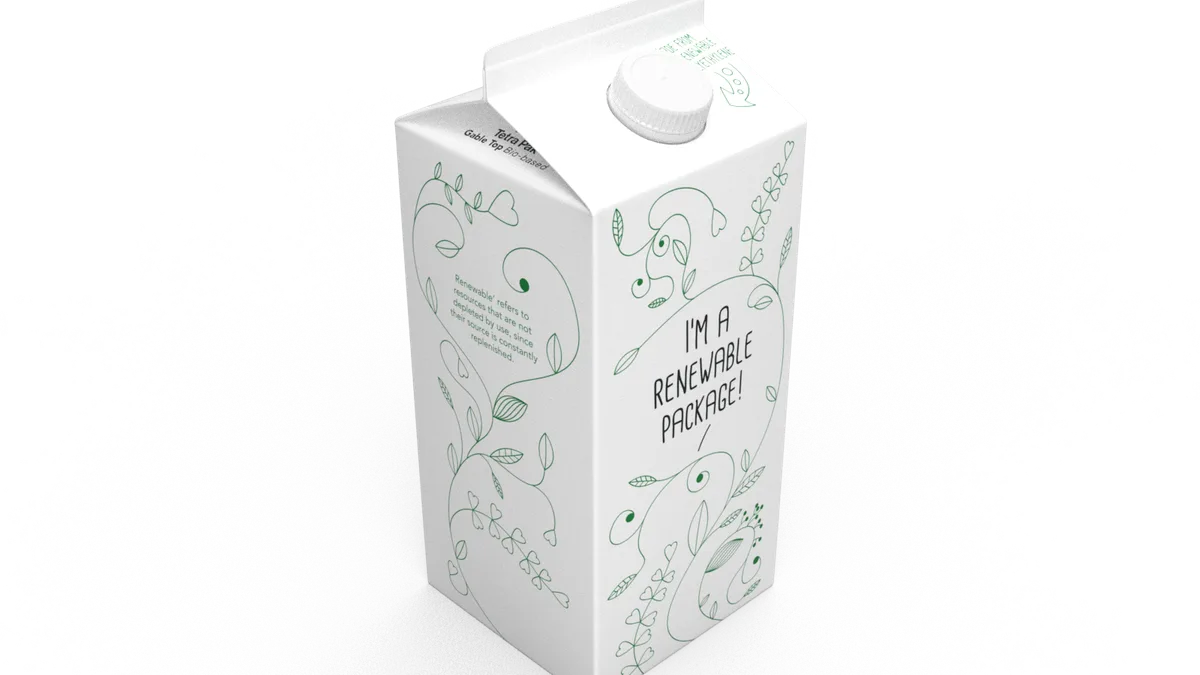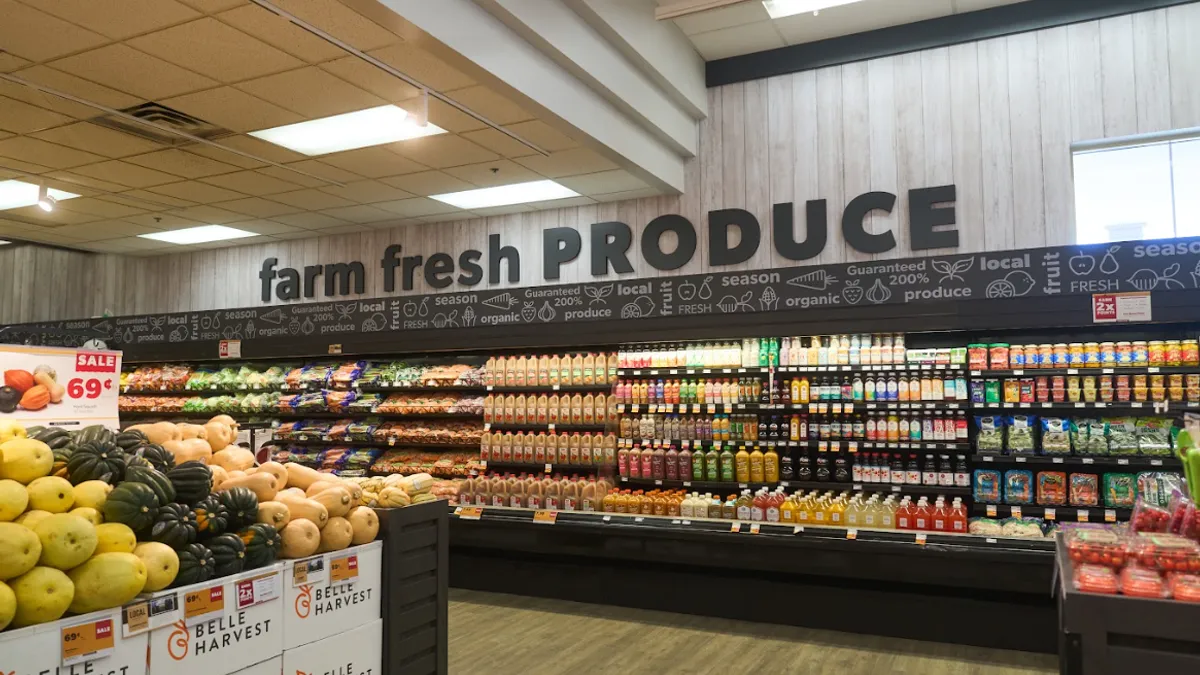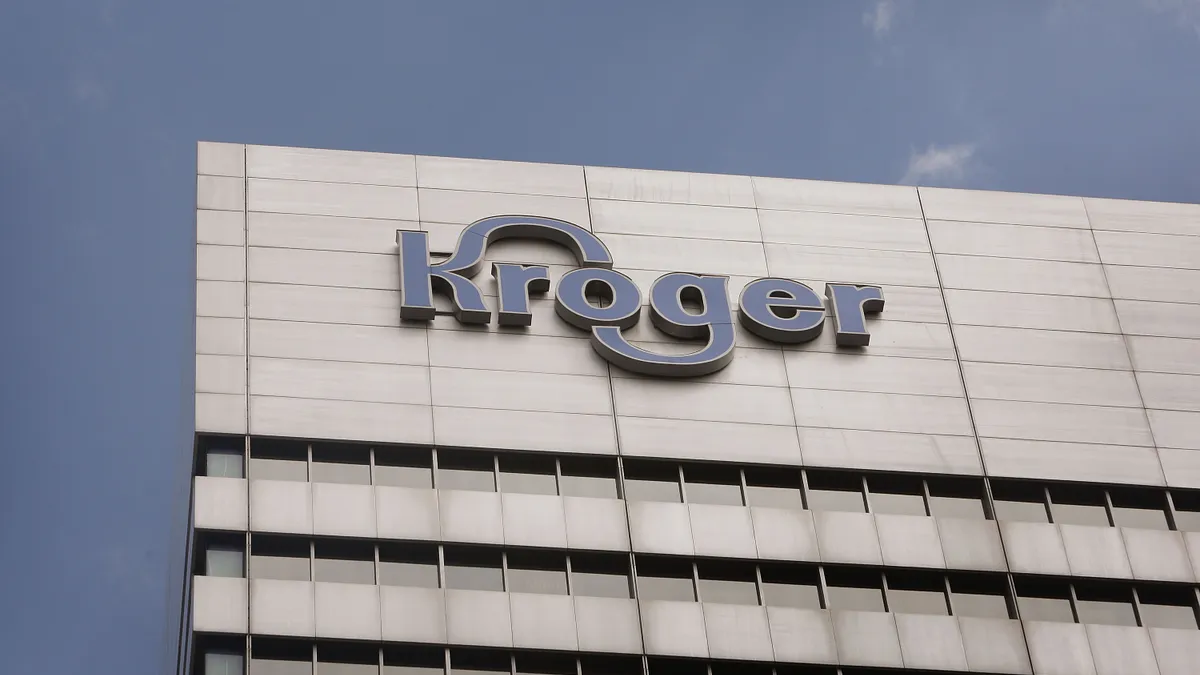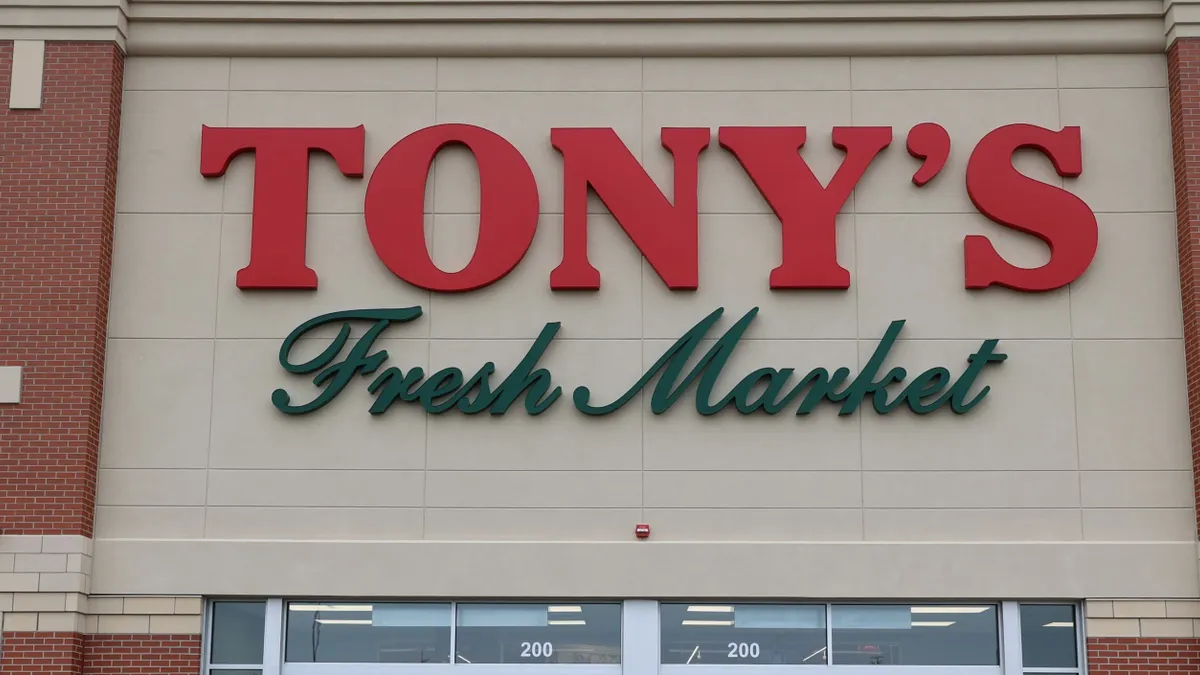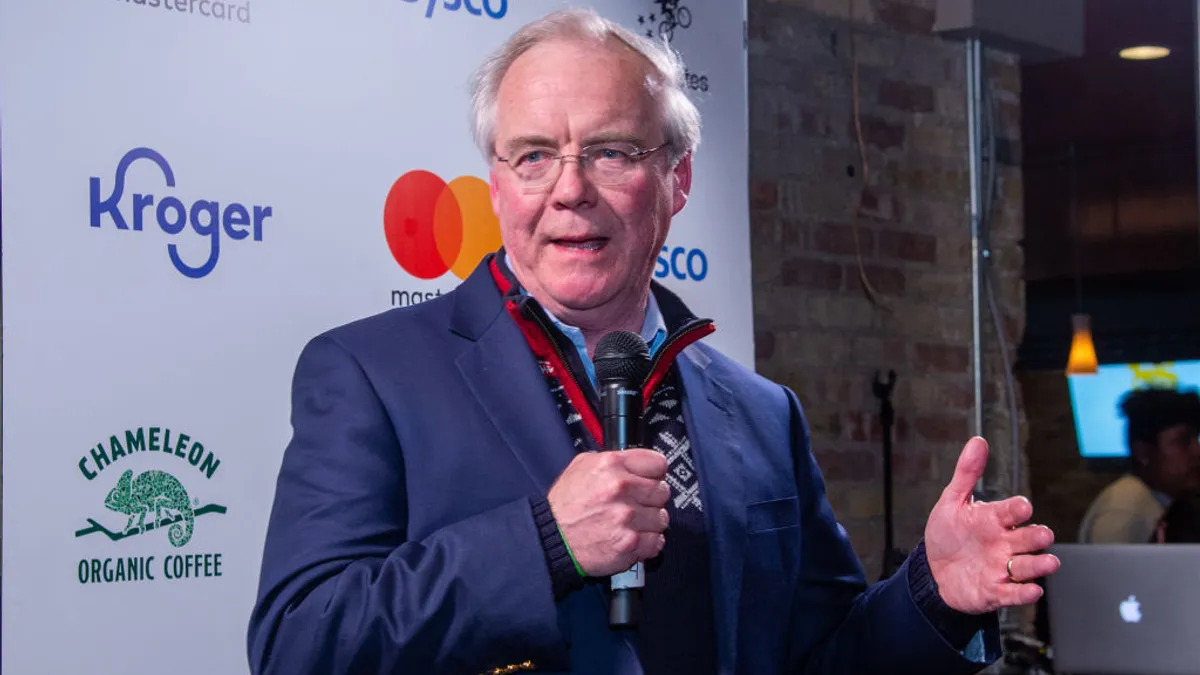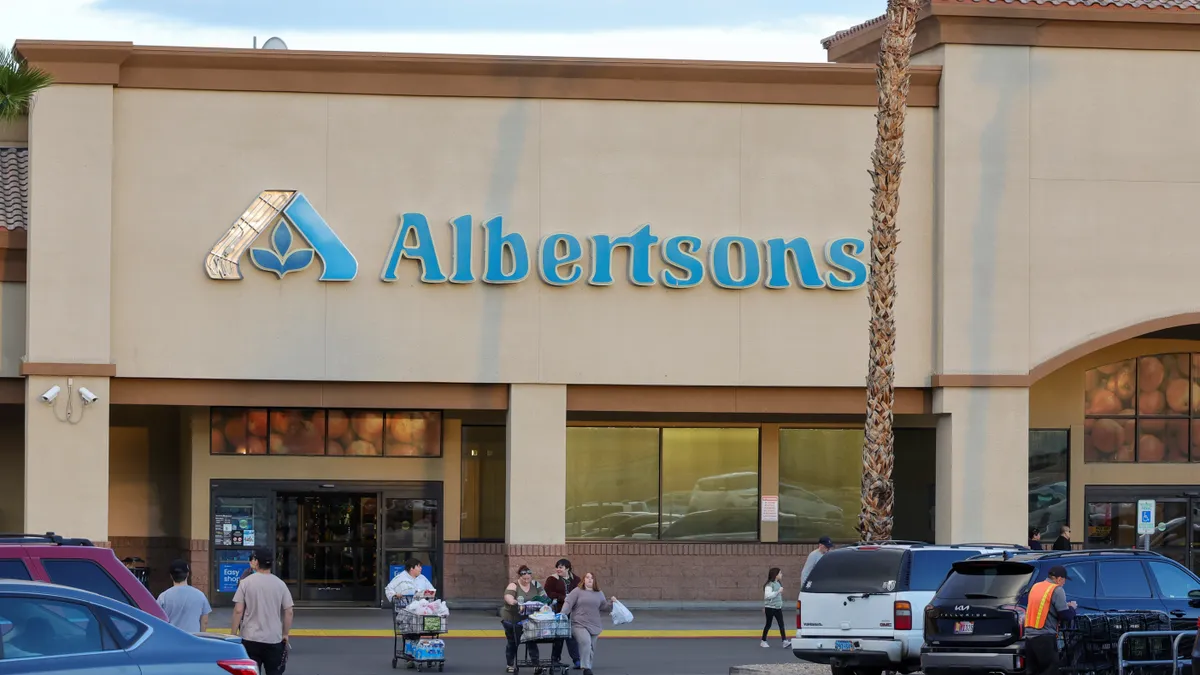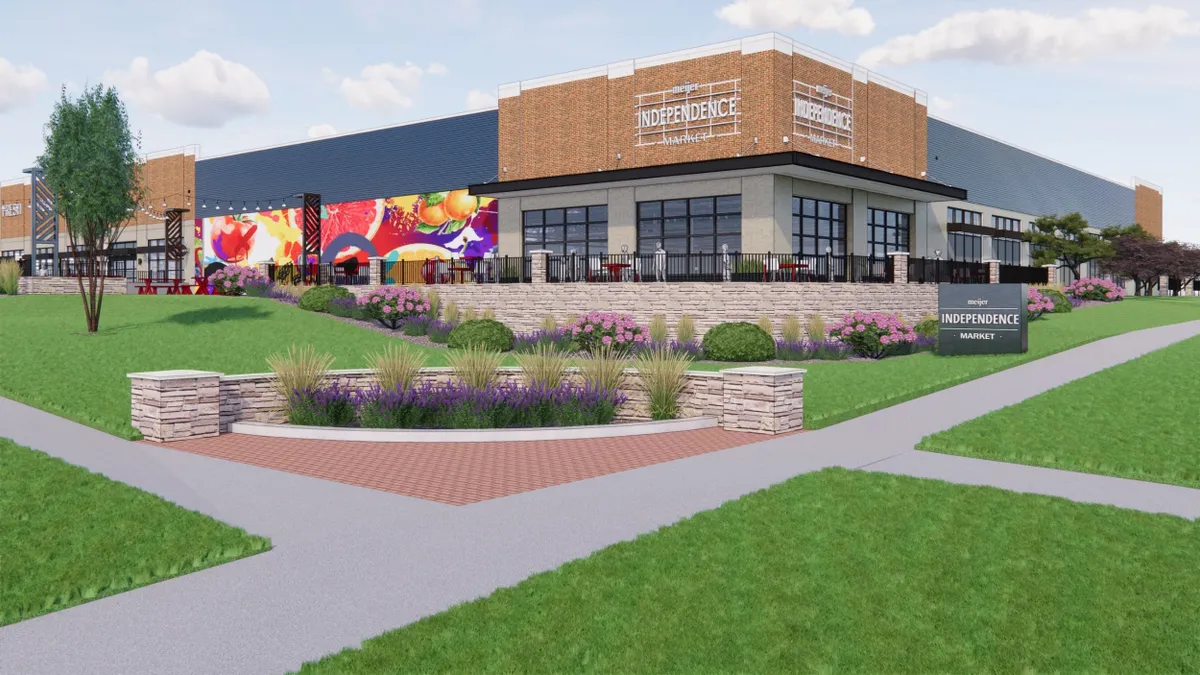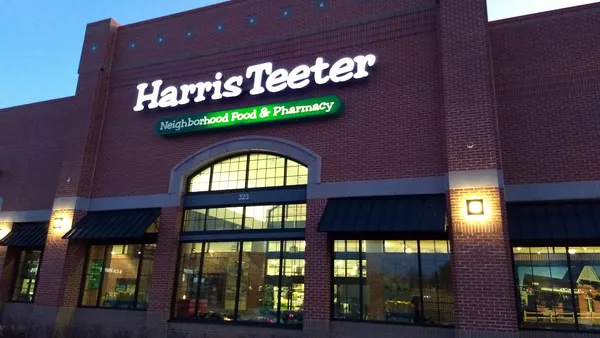Editor’s note: This story is the second installment in a monthly series looking at popular food packaging innovations. Previous articles sponsored by BMO Harris Bank can be found here.
When it comes to selecting a drink, a consumer will gravitate toward something that pleases her taste buds. But how will she make a selection between the plethora of options in a single category? Packaging.
Long gone are the days when the only options were paper cartons, glass bottles or aluminum cans. From sleek and slim forms to textured surfaces or interactive components encouraging engagement with the brand, beverage manufacturers are seeking ways to stand out on the shelf — and in consumers’ minds — with innovative packaging that brings more than just protection to a beverage.
Late last year, in an effort to combat slumping soda sales and gain market share in a niche but growing gamer market, PepsiCo released a Mountain Dew Game Fuel bottle with a resealable cap. The results paid off; the company said it could not keep the product in stock.
Similarly, 7-Eleven released a fizzy cold brew coffee in a self-chilling can. It added about $1.50 to the cost, but consumers seemed excited to try it. There have also been other intriguing concepts like edible water bubbles, pouches for smoothies and experiments with augmented reality technology on cans as companies try to find what will resonate with consumers.
“We’re getting more into this,” Jon Beam, marketing manager at beverage packaging company Crown Holdings told Food Dive. “Interactive inks and tech finishes (and) high definition printing — all of the things that contribute to the consumer experience.”
One of Crown Holdings' more recognizable innovations was Coors Light’s iconic color-changing mountains, which Beam explained was lucrative for the company, in terms of bringing notoriety to the brand. The quarter after Coors Light released this packaging update in 2009, the beer's sales grew. The company said in an earnings release that the product release was “exceeding expectations.”
Since then, Crown Holdings has evolved its technology into temperature-sensitive ink that Coca-Cola debuted last year in Lithuania, Latvia and Estonia on cans of Coke, Coke Zero, Fanta and Sprite. These cans have text that appears when chilled, and have yet to roll out stateside.
In the United States, Crown Holdings is focusing on other technologies, partnering with beer companies to create can openings meant to mimic the draft beer experience.
Crown isn’t the only company looking into futuristic beverage packaging. Tetra Pak and Sustana Fiber are two other companies hoping to bring about disruption in the market. These manufacturers are trying to change up drink packaging through lighter materials to save on transportation costs, eye-catching packaging to convince consumers to take things off the shelf, and increasing sustainability to keep pace with market demand for environmentally friendly packaging options.
The drinking experience
How to drink out of a beverage container is deceptively complicated. Whether it requires straws or it's served in pouches, or the typical can tab is replaced in favor of removing the entire top, the mechanics of drinking can make a remarkable difference in how a package is designed.
User experience, Tetra Pak Vice President of North American Marketing Pedro Gonçalves told Food Dive, can be boiled down into one question: “When I drink this from the package, does it feel good?”
To answer this question, Tetra Pak engineers filmed how liquid flowed out of different openings to understand the speed and volume of how it gets into a consumer's mouth. This research led to the Tetra Prisma DreamCap, which controls beverage flow for consumers who are on the go.
PepsiCo has also been examining its beverage container closures. Mountain Dew’s closure innovation, with its resealable tabbed lid and a no-slip grip on the can, has sparked interest among gamers. The lid is particularly interesting because it provides a classic can-drinking experience while removing one of the inherent risks: spillage.
“Mountain Dew’s Game Fuel’s resealable tops allow for easy gameplay, but also allow the drink to maintain its freshness longer," A.T. Kearney analyst Corey Chafin told Food Dive in an email. "If successful, this move allows Pepsi to break into a growing market and establish a new normal for can tops, which haven’t seen significant innovation in decades.”
“When I drink this from the package, does it feel good?”

Pedro Gonçalves
Vice president of North American marketing, Tetra Pak
Preventing spills is a major consideration, Gonçalves said, especially on packaging for children. He pointed to juice boxes. For years, they have had a chunky shape for easy gripping and a straw to prevent spills, but are ripe for innovation.
“What we’re working on is to come up with a possibility to make small changes in the shape that is available today that will allow other spaces to communicate attributes…without changing the efficiency or the user experience of the package,” he said. Packaging attributes include federally required labels as well as branding and any interactive technology like augmented reality that allows the user to engage with the company in a new dimension through interactive digital content. Tetra Pak is still working to find the balance that will allow brands to communicate more information on the package without altering the functionality of the classic juice box shape.
Crown Holdings did a complete overhaul of another kind of packaging. Craft brewers wanted to completely change the user experience, so the company designed the 360 End, which has a completely removable top. The idea came from breweries wanting to provide a drinking experience akin to what consumers enjoy in a taproom, where the wide openings on pint glasses allow drinkers to enjoy the full aroma and color of a brew. The removable tops also help reduce waste by turning cans into cups for those who like to pour beer into a glass.
“It’s the first ever lid for full aperture in the beverage can market,” Beam said. He said that the idea was to provide on the go convenience while also “recreate the traditional tap drinking experience.” Much like a pint of beer, the can is not resealable once the top is removed. Nevertheless, craft beer brands like Noon Whistle Brewing and Sly Fox Brewing Company are using this innovation to connect their customer with the aromas and the overall experience of drinking craft beer.
Connection is more than just physical
Packaging can do more than just connect consumers to the beverage. Thanks to advances in technology, it can also connect them to brands.
PepsiCo is engaging its consumers through its Mountain Dew “DEWnited States Collection,” featuring 50 unique labels — one for each state. Each label connects to the brand’s website, which consumers can access by scanning it and entering a code. It also crosses the state off of the consumer's list. Each state features a unique video, and consumers entering codes for all 50 states will get a $100 prepaid card.
Some packaging interactions are more involved than a simple video. Augmented reality is a relatively new technology that allows users to engage with the company in a new dimension through interactive digital content activated with personal smartphones.
Earlier this year, Anheuser-Busch’s Devils Backbone used augmented reality to tell 3D stories about the brewery and its beers. Miller Lite used AR technology to have a digital leprechaun interact with cans of the brew on St. Patrick’s Day.
Crown Holdings has an entire division devoted to smart technologies. Beam said the company is in multiple talks to bring its new AR technology onto shelves. It was designed to let consumers access additional online content, as well as interact with brands on a variety of platforms. Consumers need to scan a code located underneath a can's opening tab — which requires a beverage to be purchased and opened before it can be activated. Consumer experience can vary depending on the kinds of applications the manufacturers use. Beam said this technology will give companies access to valuable data from their consumers, including purchase location frequency. It will also let companies design social marketing campaigns linked directly to a company's online content, rather than vying for attention on mainstream social media channels.
Tetra Pak also has several pilot programs in the United States with augmented reality package technology, Gonçalves said.
“We’re exploring different technologies that enable consumers to scan that code and then generate some sort of activation. That activation could drive campaigns that lead to rewards or prizes … or even enable you to donate money or time to causes,” he said.
Chafin said as this technology becomes more mainstream, interactive labels are expected to become a more common addition to packaging. They provide an opportunity for brands to increase in-store presence without spending more money to increase shelf space.
On-the-go requires sustainable disposability
Today, consumers are becoming more and more likely to eat and drink while moving. According to Mintel, more than a third of consumers (36%) are interested in packaging that allows food to be eaten out and about.
This demand drove the development of "squeezie" pouches. Once associated with infants, squeezable pouches have proven to be popular with adults as these flexible packages are designed to have resealable, wide-mouth openings that consumers can easily suck the product through. Happy Family Brands, which produces SHINE Organics for adults, as well as NOKA, Munk Pack oatmeal and Stonyfield Organic smoothies have all found followings for their portable beverage packaging.
Pouches are not the only way that manufacturers are reimagining on-the-go beverage packages. Paper cartons, especially in the water category, have made a big splash in the industry.
Packaged water is a category that caters mainly to busy consumers looking for convenient hydration. According to Nielsen data, the water category grew 6% from 2017 to 2018.
But since most water is traditionally packaged in plastic bottles, environmental concerns are mounting.
Containers and packaging make up the largest portion of the municipal solid waste Americans generate — about 30%. As a result, companies are looking for more ways to decrease their contribution to landfills.
Sustana Fiber, which produces the only 100% post-consumer recycled fiber in North America that is FDA-compliant for all use in food packaging, has made sustainability its focus above all else. The company has worked with large brands like Starbucks to create closed-loop reusability initiatives demonstrating how its paper to-go cups can be recycled and remade into new ones.
“As consumers become more aware and demanding transparency into supply chain decisions, simply being 'recyclable' is no longer enough," Sustana Vice President of Sales and Marketing Renee Yardley told Food Dive in an email. "True efficiency is achieved only when products are able to be recovered, recycled and turned into new products that are sold on the market, and recycled again,”
Tetra Pak is also focused on sustainability in its packaging innovations. Gonçalves said that the company is working to convert all of its straws into paper. It is also highlighting the Tetra Prisma aseptic packaging, which is made mainly from paper from renewable sources.
“In the past, it was very common to say the package would sell the product itself,…but today is a little bit different. It is a combination of all these aspects that deliver the promise of what the consumer expects.”

Pedro Gonçalves
Vice president of North American marketing, Tetra Pak
Beyond simply being sustainable, the Prisma packaging also allows for 360-degree printing for brands to make a statement about their product while also providing all the necessary consumer information — like nutrition labels, certifications and functional claims.
Does any of it make a difference?
“If you talk with 10 different marketers, they might have 10 different answers,” said Gonçalves.
He said the beverage product itself will still be the consumer’s primary consideration. However, “the package you’re going to choose will have an effect on that,” he said.
If a package is convenient and adequately protects the beverage, there is room to play with the packaging. When companies choose to innovate, Gonçalves explained product quality must always be at the forefront of the conversation. The packaging should speak through its label, shape, size, decorations and engagement so the values of the company stand out, and persuade consumers to pick a product up off the shelf.
“In the past, it was very common to say the package would sell the product itself, …but today is a little bit different," Gonçalves said. "It is a combination of all these aspects that deliver the promise of what the consumer expects.”
This series is brought to you by BMO Harris Bank, a leader in commercial banking. To learn more about their Food & Beverage expertise, visit their website here. BMO Harris Bank has no influence over Food Dive's coverage.


